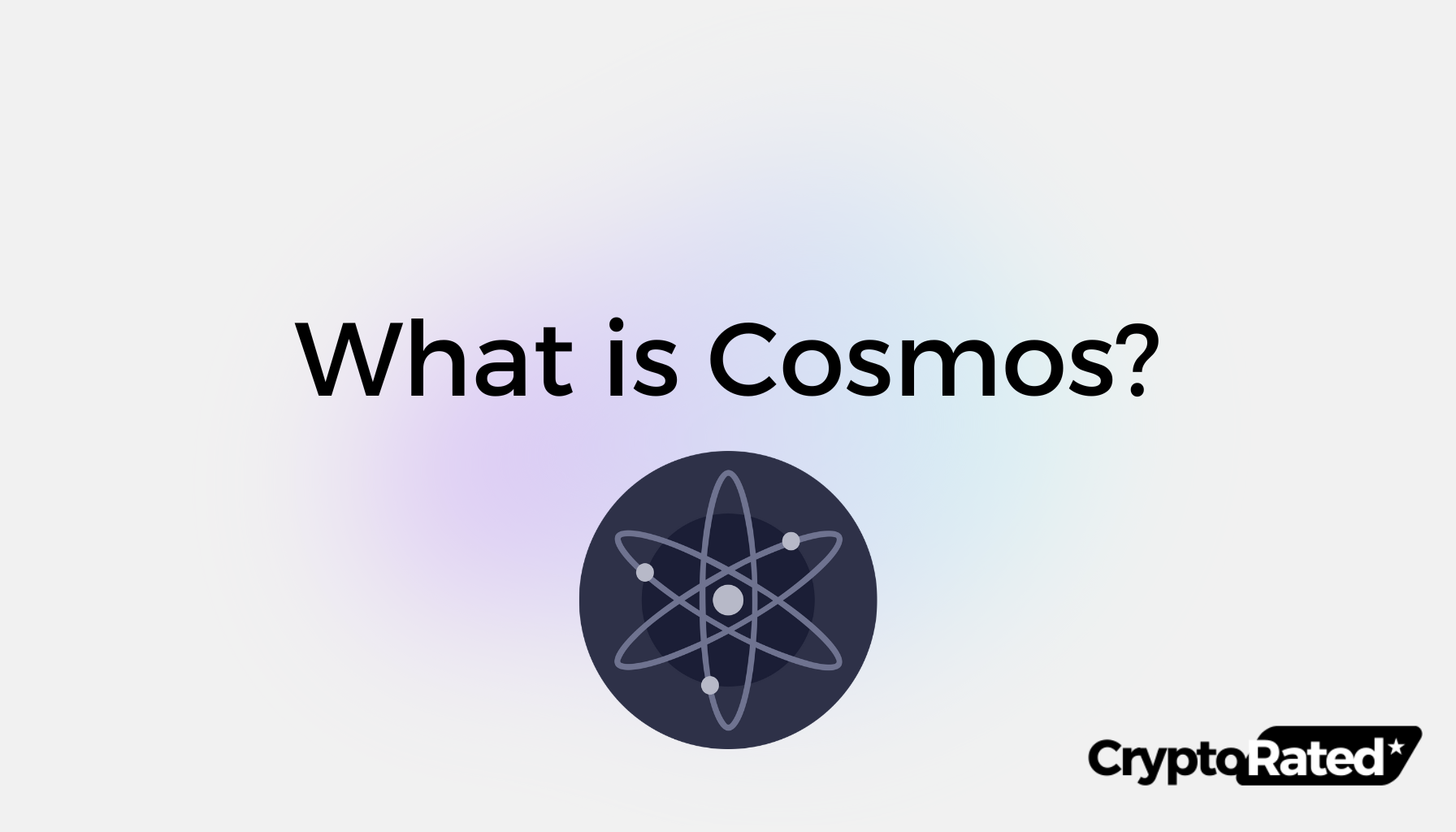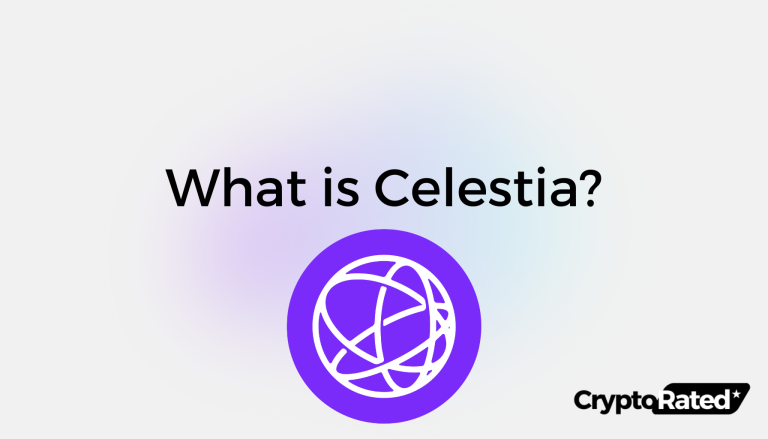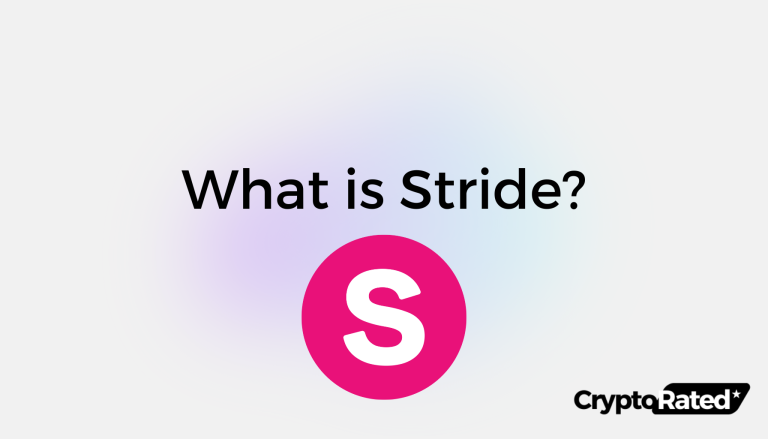
What is Cosmos (ATOM)?
The Cosmos blockchain addresses the issue of interoperability between different blockchain networks. The founders of Cosmos envisioned a platform that could enable communication between various open-source blockchains without relying on a centralized server. This idea led to the development of what is now known as the ‘Internet of Blockchains’.
Interoperability between different systems is crucial for seamless communication and technology adoption. Cosmos (ATOM) is the first platform to enable free interoperability between different systems including Binance Chain, Terra, and Crypto.org1. With over $58 billion2 of digital assets under management, Cosmos has emerged as one of the leading platforms for scaling and interoperation between blockchains.
Key Takeaways
- Cosmos was developed to address the issue of interoperability between different blockchain networks.
- Cosmos is the first entirely free platform to enable interoperability between different systems including Binance Chain, Terra, and Crypto.org.
- Cosmos (ATOM) is the cryptocurrency that powers and secures the ecosystem of blockchains designed to scale and interoperate with one another.
How does Cosmos work?
Cosmos hubs
Cosmos is an ecosystem of interconnected apps and services that utilize hubs to ensure secure communication between blockchains. The main hub is the Cosmos Hub, but other hubs are also available.
In addition to Hubs are zones. Each zone function autonomously from authenticating accounts and transactions to creating and distributing new tokens and executing blockchain changes. In other words, they can be thought of as “application-specific blockchains3“.
Each zone is linked to a hub. In turn, each hub can be connected to another hub. Hubs keeps a record of each zone’s state and vice versa. Beyond facilitating interoperability between all the zones within the network by keeping track of their states, Cosmos Hub also allows interoperability with proof-of-work (PoW) blockchains like Bitcoin and Ethereum through bridges. In 2022, it was announced that it will soon be possible to bridge assets between Cosmos and Polkadot4, another multi-chain blockchain.
Tendermint Byzantine fault tolerance (BFT)
Cosmos SDK tools use the Tendermint Byzantine fault tolerance (BFT) consensus protocol to secure the network while granting freedom to developers to opt for a different consensus algorithm5 and select from a range of supported programming languages6. The Cosmos SDK offers a modular approach. It enables developers to build blockchains on top of the Tendermint BFT consensus engine without having to code them from scratch7.
The Tendermint BFT algorithm validates transactions and executes blocks to the blockchain. It uses a protocol called the application blockchain interface to connect to applications. The protocol functions through a proof-of-stake (PoS) governance mechanism that supports integrating the computers’ distributed network running Cosmos Hub.
Participants in the network can stake ATOM and earn rewards. The top 180 stakers who have signalled their intent to validate the network can become nodes8. The higher the amount of ATOM staked, the higher the voting power for the validators. Users can also choose to delegate their tokens to validators and interchange them9. This incentivizes validators to perform honestly. Users can easily switch between the validators they delegate ATOM to, depending on their voting preferences.
Inter-Blockchain Communication protocol
Cosmos blockchains communicate through the Inter-Blockchain Communication (IBC) protocol, which allows the transmission of secure messages between heterogeneous blockchains/zones and connects them to the Cosmos hub.
This innovative process enables users to freely and securely exchange assets and data across sovereign (autonomous) and decentralized blockchains.
The Cosmos Hub is regarded as a service provider to the chains that must connect to it to become interoperable. Any sovereign blockchain with different applications, validators, and consensus mechanisms can still communicate with each other and exchange data, regardless of their functions and business objectives.
Cosmos blockchains can practically do anything they want using IBC from crypto to nonfungible token (NFT) transfers, as well as cross-chain smart contracts. Any cross-chain application can be built thanks to the IBC.
What problem does Cosmos solve?
Cosmos aims to address three main blockchain problems: sovereignty, scalability, and sustainability.
Sovereignty
One of the main issues with blockchain technology is the dependence on smart contracts to exist on a different blockchain. This leads to high transaction fees due to network congestion, which hinders the development of better scaling features. Cosmos solves this problem by allowing developers to build sovereign blockchain apps without ongoing costs using the Cosmos free SDK. These blockchains can easily interconnect, thereby avoiding high transaction fees and boosting innovative functionalities in decentralized finance (DeFi), NFTs, gaming, decentralized autonomous organizations (DAOs), social networks, marketplaces, and the ownership economy.
Scalability
Cosmos interoperability ensures the functioning of a scalable system. By integrating with Cosmos’ interoperability model of shared communication standards, any type of sovereign blockchain can communicate with each other and contribute to the evolution of its protocol design. Cosmos scalability can be achieved by duplicating a blockchain to relieve congestion or splitting the apps into multiple application-specific blockchains. Interchain token transfers allow these multiple chains to continue on one network.
Sustainability
Cosmos ensures sustainability through its PoS consensus algorithm, which secures the network. PoS reduces carbon footprint by 99% compared with the PoW consensus algorithm10. By reducing the carbon footprint, Cosmos ensures a sustainable environment for blockchain technology to thrive.
In summary, Cosmos solves the problems of sovereignty, scalability, and sustainability in blockchain technology by enabling communication between all blockchains and reducing costs, improving scalability, and providing a sustainable environment for blockchain technology to evolve.
Cosmos vs. Ethereum: What’s the Difference?
Cosmos and Ethereum are two of the most popular blockchain platforms in the cryptocurrency industry. While both platforms have unique features, they differ in several aspects.
Sure, here’s a table comparing Cosmos and Ethereum based on the specified fields:
| Field | Cosmos | Ethereum |
|---|---|---|
| Year Launched | 2019 | 2015 |
| Creator(s) | Tendermint co-founders Ethan Buchman and Jae Kwon | Vitalik Buterin |
| Native Coin | ATOM | Ether (ETH) |
| Consensus Mechanism | Tendermint (PoS) | PoS |
| Smart Contract Language | Cosmos SDK (primarily Go-based) | Solidity |
Consensus Algorithm
Cosmos’ PoS algorithms can handle thousands of transactions per second11, making the whole process much faster and cheaper than Ethereum’s gas fees which might be extremely high at times, depending on the blockchain traffic.
Scalability
Scalability is another major issue for Ethereum. Sometimes, it may take minutes to even hours to execute an Ethereum transaction. In contrast, Cosmos’ scalable ecosystem can process transactions faster and cheaper.
Smart Contracts
In Ethereum, complex financial instruments deal with permissionless smart contracts with specific functions to build the whole ecosystem.
In Cosmos, each smart contract or application is essentially a blockchain itself, meaning that they won’t interfere with each other while ensuring a smooth transaction process.
Interoperability
Cosmos offers a developer-friendly design to build sovereign blockchains quickly and cheaply. Its interoperable system allows simple communication between blockchains which Ethereum does not allow unless the rather complicated and insecure exchange of wrapped tokens is used.
Popularity
On the other hand, the primary benefit of using Ethereum is its popularity as a blockchain. Its network effect still makes it the favorite platform for DeFi, NFTs, and the Metaverse, representing blockchain’s most trendy features at present and will likely be in the future.
In conclusion, both Cosmos and Ethereum have their unique features and benefits. While Cosmos offers faster transaction processing, cheaper fees, and a scalable ecosystem, Ethereum’s popularity and network effect make it the preferred platform for DeFi, NFTs, and the Metaverse.
Cosmos vs. Polkadot
Although Cosmos and Polkadot share similarities in governance, there are key differences in transaction validation and token transfer between systems.
In Cosmos, transactions are validated by the top 100 validators who stake the highest amount of ATOM. Delegators can choose and change validators’ pools to stake tokens and earn rewards at any time. Zones can have their preferred type of governance, ranging from issuing their cryptocurrency rather than ATOM to having their own hub with a different validation system. Private permissioned blockchain zones can be created alongside public ones, and can easily transfer assets between them.
On the other hand, Polkadot’s parachains are similar to Cosmos’ blockchain zones. However, they share the same set of validators, ensuring unified and strengthened security across the network through the Relay chain, the central coordinating blockchain. Cosmos blockchains connected to the hub do not rely on the same unified security. While token transfers from one parachain to another are executed via smart contracts on Polkadot, Cosmos’ IBC provides easy asset transfers and interaction between chains via IBC and the Cosmos Hub.
The table below summarizes the differences between Cosmos and Polkadot:
Certainly! Here’s the data formatted into a table comparing Cosmos and Polkadot:
| Feature | Cosmos | Polkadot |
|---|---|---|
| Transaction Validation | Top 100 validators who stake the highest amount of ATOM | Shared set of validators |
| Token Transfer | IBC | Smart contracts |
| Security | Each zone has its own security12 | Unified security through the Relay chain13 |
| Governance | Zones can have their preferred type of governance14 | Same governance across all parachains15 |
In summary, while both Cosmos and Polkadot offer interoperability between different blockchains, they differ in their approach to transaction validation, token transfer, security, and governance.
Frequently Asked Questions
Who is behind Cosmos Crypto?
Cosmos is a result of collaboration between various teams. The Swiss Interchain Foundation (ICF), a non-profit organization that funds and supports open-source blockchain projects, and the Tendermint team provided the primary resources and funds for its development.
The Cosmos network was co-founded by software developers Jae Kwon and Ethan Buchman in 2014 while also creating Tendermint, the consensus algorithm that powers Cosmos.
The Cosmos whitepaper was authored by Kwon and Buchman in 201617, and its software was released in 201918.
In 2017, the Interchain Foundation held the first series of fundraising with a two-week initial coin offering (ICO) of the ATOM token, which raised over $17 million19.
Is Cosmos a Good Investment?
Cosmos (ATOM) has seen significant gains since its inception, accounting for an increase of nearly 600% in value. It reached its all-time high of $38.78 in September 2021, indicating a promising future for the cryptocurrency. Although each zone in the Cosmos ecosystem can issue and use its cryptocurrency, ATOM remains the primary token utilized in the network. It plays a crucial role in maintaining interoperability across the network and can be held, spent, sent or staked.
The Future of the Cosmos Blockchain
The Cosmos ecosystem is expected to experience significant improvements in security with the upcoming development of Interchain Security. This will provide better protection across all interconnected chains.
Cosmos has ambitious plans for the future, including many more features, and a dedicated team of developers working towards its success. These developments provide hope for a promising future for Cosmos and its participants.

WRITTEN
Mariquita de Boissière
Through storytelling and detailed research, Mariquita connects the brightest developer talent and most motivated community members to web3 changemakers. From contributing top-of-funnel educational content for web3 onboarding projects like Surge.io to collaborating with Hedera’s HBAR Foundation on content marketing strategy, Mariquita has worked with some of the top artists, founders and builders in the space.




